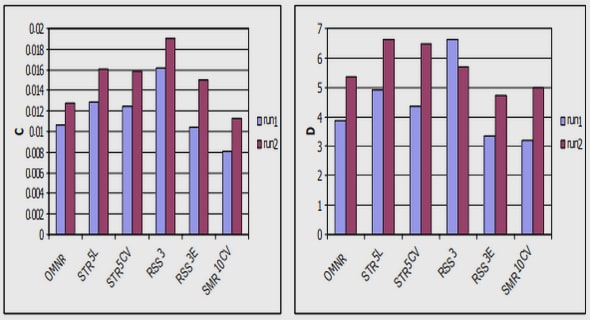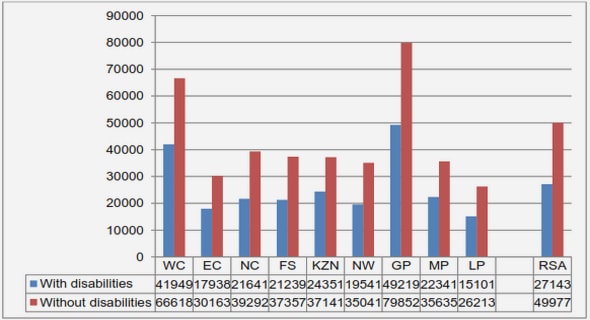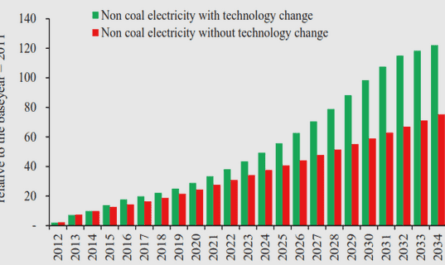Get Complete Project Material File(s) Now! »
The Methodologies of the Thesis
The analysis of the recent developments on intertemporal choices highlights an emergence of a field of study that is aby perpetual back-and-forth between economic and psychology.
In short, the challenge raised by this literature is to provide a full characterisation of agent’s decision over time that will be consistent with experimental and empirical evidence. In order to meet this challenge, the analysis of the decision-making process should be necessarily integrated into a subjective and psychological approach. A clear understanding of these processes may be useful to provide novel tools that help people achieving their long-termgoals.
This thesis is part of a quest, already under-way, for an improved understanding of the formation of intertemporal choices using the methodology of economics. Since the initial question lies at the frontier of economic and psychology, this understanding necessarily requires a plural approach, both in terms of knowledge and methodologies. In that sense, this thesis does not claim to be a general theory of intertemporal choices (i.e, a unified frame work, characterizing every aspect of intertemporal choices and viable for analysing any situation) for two reasons. First, intertemporal choices can be fully characterized in a rich, deep and realistic way, addressing all of the psychological mechanisms involved in this choice, only by giving up on parsimony. Second, I believe that such choices are highly context-dependent, so that some considerations might more relevant than other to study an intertemporal choice in a specific domain. For instance, it might be not (or at least, less) relevant to study personal identity on the choice of commitment devices.
This contextualization of intertemporal choices not only requires to choose a particular consideration of intertemporal choices, but it also requires using different methodologies depending on the research question and on the availability of data. Relying on these and other considerations arising from the literature scrutinized above, the thesis investigates three separate domains—each one with a distinctive methodology. The following subsections describe the four methodologies and their comparative advantages for the research program I present in this thesis.
Theory
The common characteristic of the three avenues of investigations in these four chapters of the thesis lies in the systematic use of theoretical modelling. My objective is to provide an intelligible reference framework for an empirical or experimental investigation that help to identity the “good” questions: they may help to explore the consequences of changes in the environment, and changes in the idiosyncratic parameters on individual’s choices that would not always be possible empirically. But beyond this common feature of the three chapters, they all differ with respect to their empirical methodologies and strategies.
Laboratory Experiments
The emergence of experimental economics was inspired by experimental psychology and the purpose was initially used to test theoretical predictions with real people (Cot and Ferey, 2016).
Experiments are generally implemented in the laboratory with a more controlled environment than field studies, allowing for the identification of causal effects. Experimenters must follow three main rules: participants must have incentives, they have to make their decisions in a contextfree environment, and they should not be deceived (Croson, 2005). Designing an experiment, the experimenter should pay as much attention as possible to the internal validity of the experiment: the environment that is designed by the experimenter should be the driver of the behavior that he is aiming to test.
There are at least two advantages of using laboratory experiments. The first advantage of the aboratory experiment lies in the possibility of having participants performing tasks that are remunerated according to their choices. These tasks are intended to elicit behavioral predispositions such as risk, time or pro-social preferences. For instance, it would be possible to elicit the discount rate for each individual by giving them a series of choices between x euros at date t and y euros at date t +k and to actually pay them depending on the choices they have made. The second advantage of the laboratory experiment is related to the economic environment participants are in. The situation they are in might not even occur in a real-world situation. Thus, this artificial situation may help the researcher to establish a link between two variables that might be difficult to get with naturally occurring data.
Naturally Occurring Data
Although a laboratory experiment may be useful to study a particular mechanism in a sterile environment, it however questions the external validity of the mechanisms: we can wonder whether some laboratory evidence still holds outside the laboratory environment with a more representative sample of the population and in a real-world situation. In particular, we used the German Socio Economic Panel (GSOEP) to study health behaviour in the natural environment. The GSOEP is a longitudinal survey of approximately 11,000 households in Germany from 1984 to 2016 . The database is produced by the Deutsches Institut für Wirtschaftsforschung (DIW), Berlin. At each wave, the GSOEP collects information on individual characteristics, household wealth, and general work conditions. Specific questionnaire modules are implemented at some waves to include more information on topics of interest such as impulsiveness, atypical working hours and health aspects. The diversity in the information available in the GSOEP makes an empirical study the most appropriate methodology for investigating behaviours related to self-control outside the laboratory.
Table of contents :
General Introduction
1 General Motivation
2 The History of Studies on Intertemporal Choices
3 Three Directions for Further Investigations
4 The Methodologies of the Thesis
5 Outline of the Thesis
I Betting Against Yourself for Weight-Loss
1 Introduction
2 Literature Review
3 Model of Commitment Choice
4 Experimental Design
5 Conclusion
I.A Proofs of theModel of Commitment Choice
I.B ExperimentalMaterial
I.C Correlations between Time Discounting and Temporal Perspective Scales
2 TABLE OF CONTENTS
II Self-Control, Fatigue and BodyWeight
1 Introduction
2 Fatigue & Self-Control: the StrengthModel
3 Data andMethods
4 Results
5 Discussion
Appendices
II.A Tables and Figures
II.B Additional Results
III Measuring Identity Orientations for Understanding Preferences
1 Introduction
2 Conceptual background
3 Validation of a French version of the AIQ: method
4 Results
5 Identity and Preferences
6 Conclusion
Appendices
III.A French Version of the AIQ-IV
III.B Main model (Model 2): technical details of the validation study
III.C Development of new items and model comparisons
IV Time Preferences and Relational Identity
1 Introduction
2 General Methodology
3 Study 1: Is Self-continuity associated with Aspects of Identity?
4 Study 2: Priming the Salience of Aspects of Identity
5 Study 3: Instability of Identity Priming
6 Concluding Remarks
IV.A Instruments
IV.B PrimingManipulations
IV.C Multiple Hypothesis Testing


